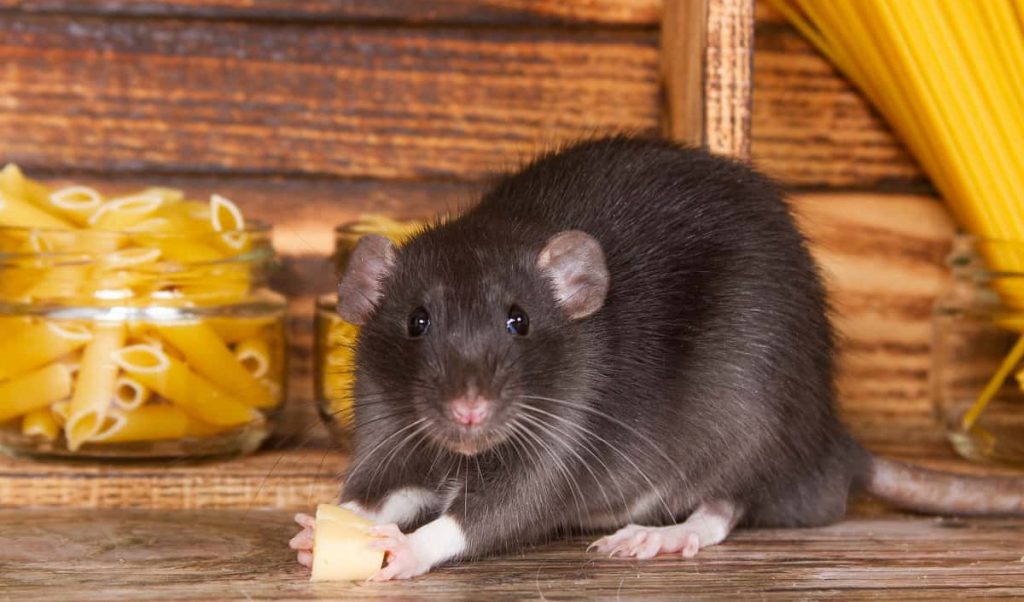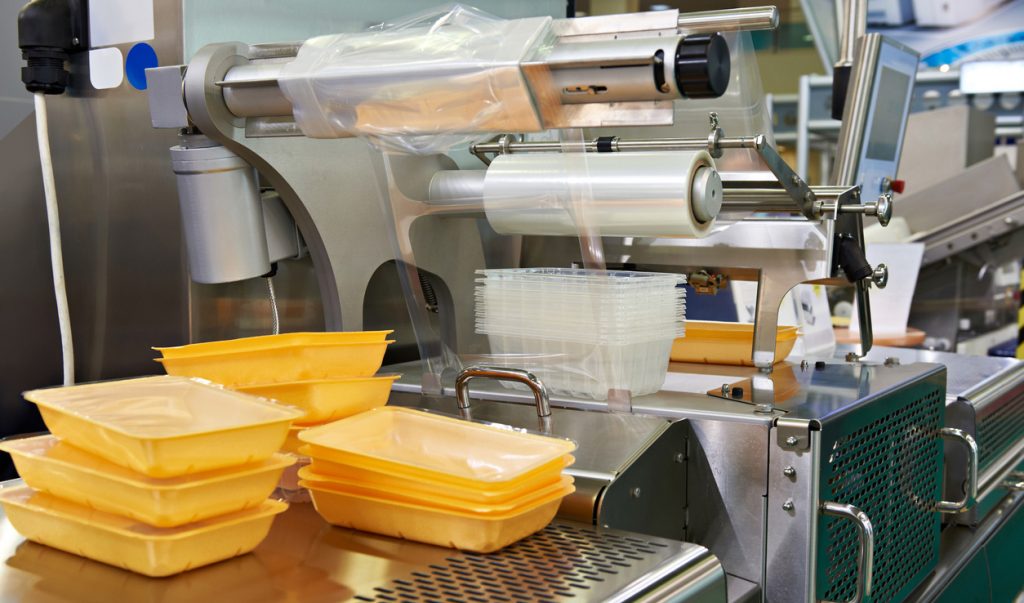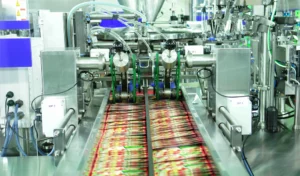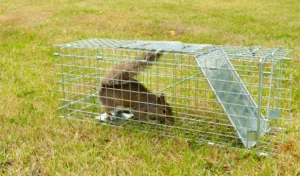Food is irresistible to pests. So, it’s not surprising to see pests near food. If you had to list the worst pests that waste human food, it would be mice. The effects of mice on our home have been discussed in our previous blog Control the Mice at Home. And the number of mice in an environment like a food facility tends to be much higher than the number in a home. Therefore, mouse control in food facilities has been a difficulty in many countries. If the problem is not effectively handled, mouse infestation may cause huge economic losses.
The Influence of Mice
Mice tend to build their nests near food sources and are known for their rapid reproduction. A mouse can eat about 30 grams of food a day. That means if you have 50 mice in a food facility, they can eat about 23 pounds of food a week. Unfortunately, mice are not just a problem for food, anything that comes near them is at risk of being contaminated. In addition to the damage to food, mice can cause other troubles to the facilities. By an investigation, about 20% of fires of unknown cause are caused by mice chewing or fraying electrical wires. In addition, they can spread viruses and harmful parasites that pose a serious risk of disease in humans. Mice are closely associated with rat bite fever, hantavirus, plague, and food poisoning. They can easily spread disease-causing viruses to wider areas in a short period of time.

Signs of Mouse Activity
Usually, if there are pests living in a food facility, even if you can’t see them directly, there are signs of their activity. Mice aren’t the only pests attracted by food facilities. Ants, cockroaches, and even beetles, spiders, and birds are also easily attracted by the food in there. For mice, the most common signs of their activity are urine and feces, tracks, loose fur, stains from body oil, products or packaging left with bites, etc.
Precautions for Mice
In the combat against mice, it is not enough to kill them on sight, since they are often far more numerous than you can see. Effective prevention of mice requires the confirmation of how they entered a food facility in the first place.
We know that mice are much smaller than we would expect when they go through narrow gaps. So, first of all, mice should be effectively isolated from a food facility. Try to keep the space properly closed and sealed unless for necessary personnel in and out.
Secondly, regular inspections are essential in a food facility. The inspections should be divided into two parts. One inspection is the inspection of sanitation. In the producing process of food, the production of crumbs is inevitable. If these crumbs are not cleaned promptly, they surely attract mice. The other inspection will be for the equipment and electric wires. Mice are rodents. They may chew on almost anything. If they get into the machine, they can chew on the insulation of the wires, posing a safety risk.

Methods to Deal with Mice
Prevention measures against mice are not guaranteed to work all the time. In case there are mice present in a food facility, the most common treatment methods available from the market include rodenticides, mouse traps, and ultrasonic mouse repelling equipment.
Among these, as a poison to kill mice, rodenticides are easily available in stores. The advantage of these products lies in their ease of use. But the problem is that their active ingredients are usually in low amounts for safety reasons. Their effects often show long time after being eaten by mice, making it difficult to locate the poisoned and dead mice. In addition, the use of rodenticides poses safety risks. When they are adopted in a food facility, they may easily contaminate the food if not handled properly.
And when it comes to ultrasonic mouse repelling equipment, the commonly accepted opinion is that their effectiveness is hard to guarantee. Ultrasonic devices have very limited use in mouse control because they are directional and cannot penetrate objects between the equipment and the mice. The intensity of ultrasonic wave will gradually be lost as the distance increases. There is no evidence that ultrasonic waves drive mice out of buildings simply because they will quickly adapt to the equipment.
Compared with the rodenticides with safety hazards and the uncertain ultrasonic mouse repelling equipment, the most effective method to control mice is still the physical ones.
As a physical mouse control method, Sticky Traps and Humane Traps are physical capture tools utilizing super glue to catch mice. These are very effective mouse traps. A bait will be put in the middle when a trap is used. When a mouse is attracted by the bait, it will step onto the cardboard with glue and get stuck. Mice can be efficiently captured with the arrangement of sticky traps and humane traps in the locations where they often pass. The use of these equipment can avoid both the safety problems with the use of rodenticides and the uncertainty of the effectiveness in ultrasonic mouse repelling equipment.

Our Products
We know the difficulty in mouse control in food facilities. So, we bear in mind that our products should meet the needs of mouse control and try our best to ensure that they adapt to the environment. Our Sticky Traps for Mice are made of high-quality superglue and thickened cardboards. The glue contains sea food flavor that will attract mice. The glue is chemically stable. It will not melt at 40 ℃ and will not condense at minus 20 ℃. They provide a safe and environment-friendly mouse control solution for food facilities, pharmaceutical factories, kitchens of both family and restaurants. Our Humane Mouse Traps are efficient mouse control tools with high sensitivity and stability. They are designed to be foldable, which is also convenient for storage when not used.



